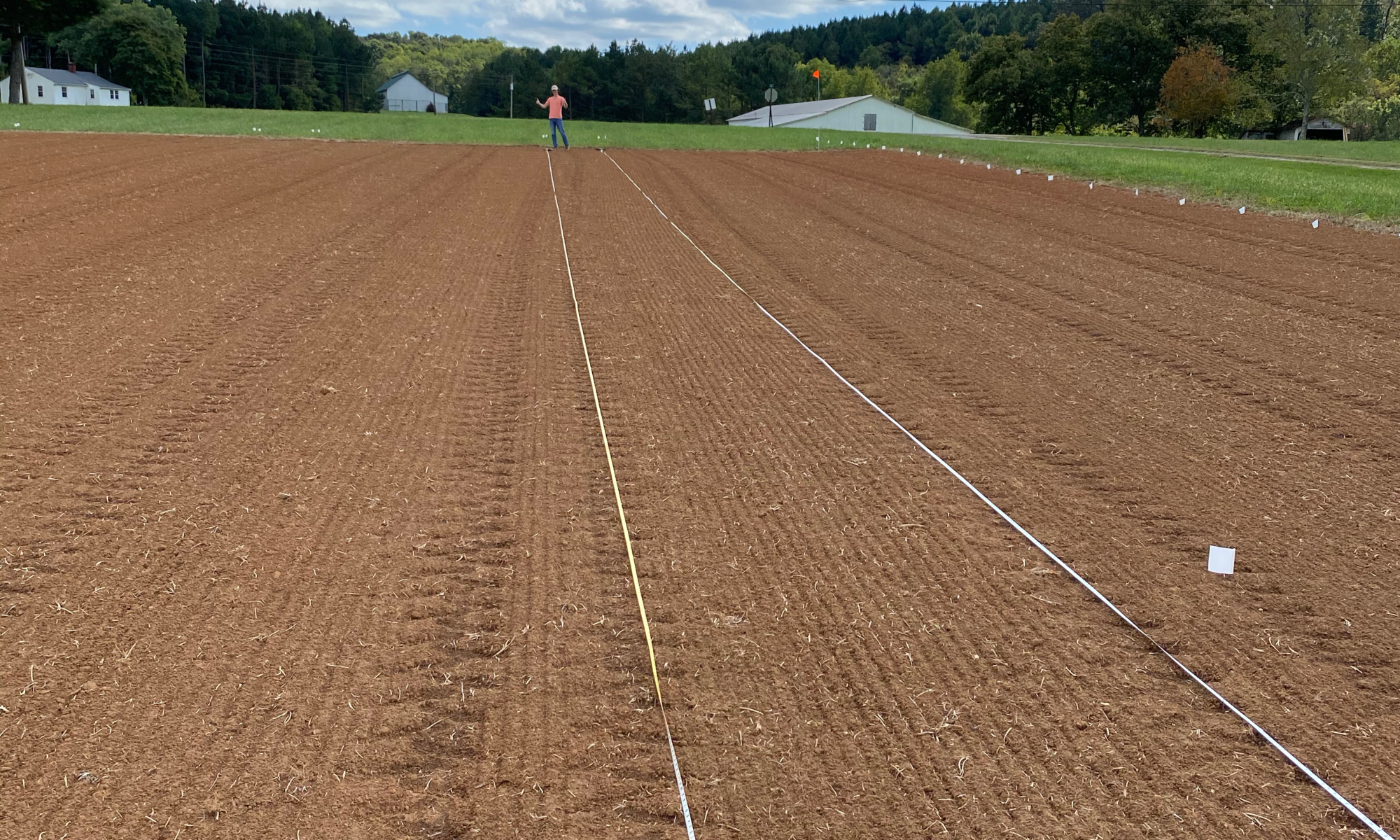

Dr. Gary Bates
Department Head and Professor, Plant Sciences
Director, UT Beef & Forage Center
P: 865-974-7324
One of the topics we spend a lot of time on is soil fertility and the need for soil testing. The discussion usually focuses on fertilizer, and how much to apply or when to apply it. But recently I have been getting several questions related to different types of products that are promoted as replacements for agricultural lime. If we have a good understanding of what agricultural lime is and what it does in the soil we can do a better job manipulating pH to our advantage.
Ag lime is limestone that is ground fine enough to meet certain standards set by the Department of Agriculture. Chemically, it is calcium carbonate (CaCO3). As the lime dissolves into the water in the soil, the carbonate binds with hydrogen ions to form water (H2O) and carbon dioxide (CO2). Since the hydrogen ions make soil acidic, this chemical reaction removes them to result in a less acidic soil, meaning the pH increases.
When pH is less than 6.0, many of the nutrients needed by plants get tied to the soil particle and become unavailable for use. Some of the toxic elements get released into the soil solution, inhibiting plant root growth. As we raise the pH to 6.0 and above, the toxic elements get tied to the soil particles and the good nutrients get released, available for plant growth.
Understanding the reaction of calcium carbonate with hydrogen ions forming water and carbon dioxide will help you understand the value of agricultural lime. The component of calcium carbonate that helps pH is the carbonate, not the calcium. Without the carbonate, the hydrogen ions won’t be bound to oxygen to form water and they will remain in the soil, keeping pH low.
It takes large amounts of lime to help raise the pH on an acre of land. If you take a slice of soil six inches deep over one acre, it will weigh approximately 2 million pounds. Remember the chemical reaction. If you are going to tie up hydrogen ions from that much soil, it takes a lot of lime. That is why we recommend lime in tons per acre.
If you read advertisements for products that are promoted as being replacements for agricultural lime, again, remember the reaction. It isn’t the calcium that is raising pH, it is the carbonate. Just because something says liquid calcium doesn’t mean it will tie up hydrogen ions.
If you see a product that is supposed to raise pH but only requires a 2.5- or 5-gallon jug per acre, think about the 2 million pounds of soil you are trying to impact. There is no way to get enough material in a 5-gallon jug to de-acidify that much soil. The math just doesn’t work out.
Anytime we are trying to raise the pH of soil, we are actually taking advantage of a chemical reaction to improve the conditions for plant growth. You may not have realized you were a chemist. In fact, most everything you do in your operation is somehow trying to manipulate chemistry to your advantage. For instance, herbicides impact some type of chemical reaction that results in a weeds death. Grazing impacts the amount of sunlight a plant can collect, which impacts the chemical reaction of photosynthesis.
So the next time you meet someone and they ask what you do, just tell them “I use chemistry to feed the world.” And that is a noble profession.
